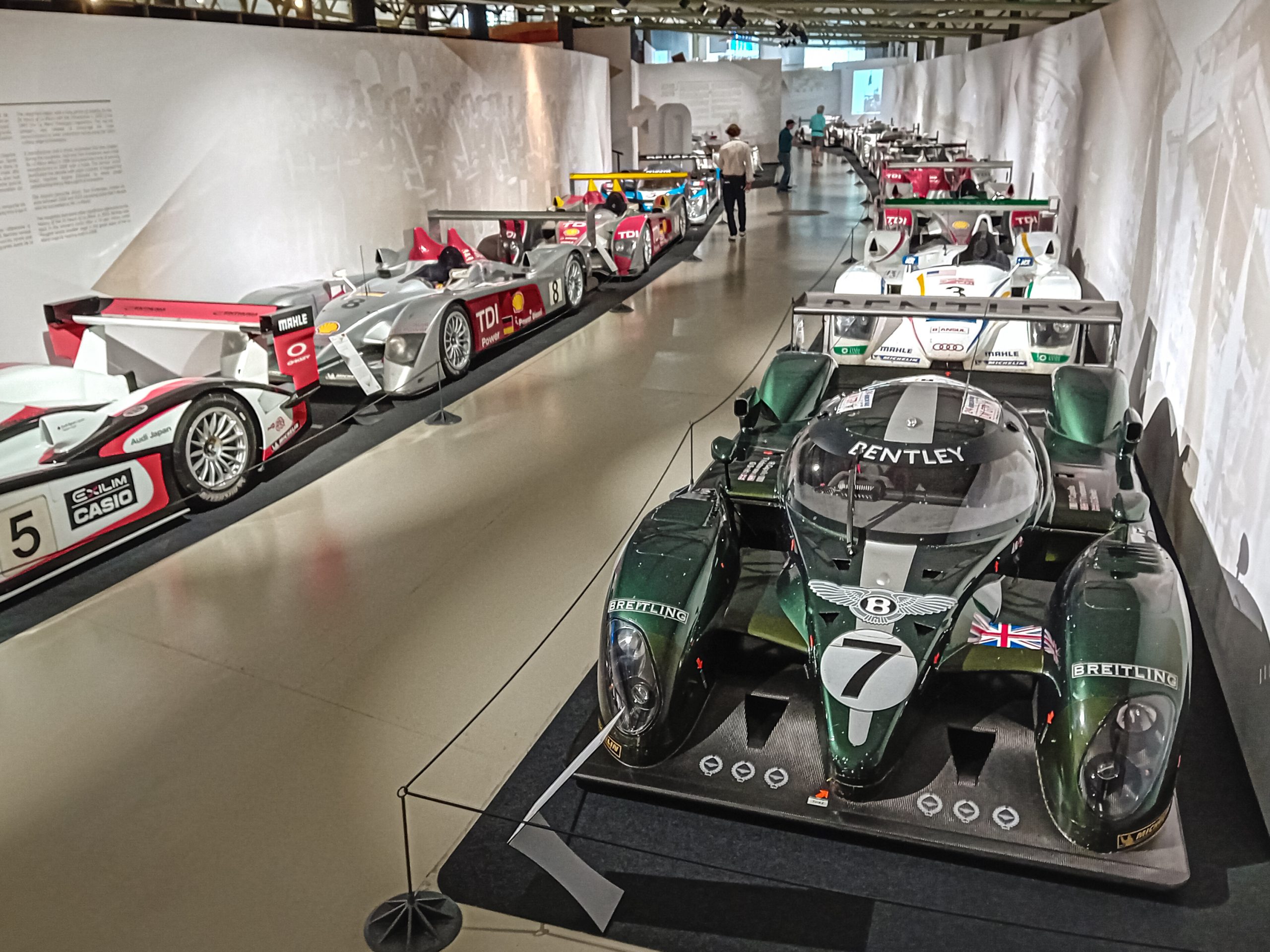All images by: Virtual Motorpix/Glen Smale
Some Le Mans 24 Hour Background
Do you remember when your favourite band or singer released their latest, long-awaited album? Perhaps it was Bob Dylan, The Rolling Stones, JJ Cale, or some obscure group that you really liked. You would go down to the record shop (remember those) and search eagerly for that new album, and finding it, you would pay the man behind the till so you could rush home to put your new album on the turntable as quickly as possible. While this writer was an enthusiastic fan of the above artists, and others like them, the same excited feeling would run through my body when, as a young boy, I would read the latest news about the greatest endurance race of all time, the 24 heures du mans.
No Subscription? You’re missing out
Get immediate ad-free access to all our premium content.
Get Started



